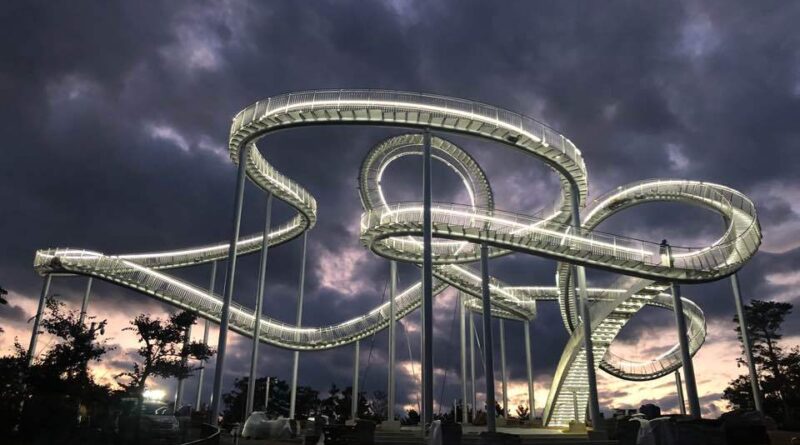Conversion to low-carbon eco-friendly steelmaking process with green energy
Since the power generation structure of the steel works is connected to the steelmaking process, there is a big change in the energy use of the steel works when the steelmaking process is changed to a low-carbon eco-friendly process such as an electric furnace and hydrogen reduction steelmaking.
In December 2020, POSCO declared <2050 Carbon-Neutrality> aiming for carbon-neutral by achieving workplace reduction and social reduction △10% in 2030, reducing △50% by 2040, and carbon neutrality in 2050.
However, if the proportion of blast furnace operation is reduced to achieve carbon neutrality and the steelmaking process is centered on electric furnaces and hydrogen reduction steelmaking, the proportion of self-generation using by-product gas as an energy source will also decrease. On the other hand, the total power consumption of the steel works is expected to increase as facilities that use relatively more power than before, such as a fluidized reduction furnace for hydrogen reduction steelmaking increase.
In other words, steel works have stably solved most of the power required by self-generation in the past, but in the future, as the proportion of self-generation decreases and power consumption increases, the importance of a stable green energy supply without carbon emission will be highlighted in the power generation process.
Global steelmakers are also directly investing in renewable energy power generation such as wind power and solar power to secure stable green energy.
Last year, ArcelorMittal, a multinational steel manufacturing corporation, announced a plan to build a 2GW-class Offshore Wind Park in the Netherlands in cooperation with Orsted, and Baowu Clean Energy, a subsidiary of China Baowu Steel Group, started a 150MW wind power plant in Sanmenxia, a western Henan province. In the same month, Tata Power, a subsidiary of India’s TaTa Group, announced a plan to invest in solar power generation with an annual capacity of 2GW for 10 years.




